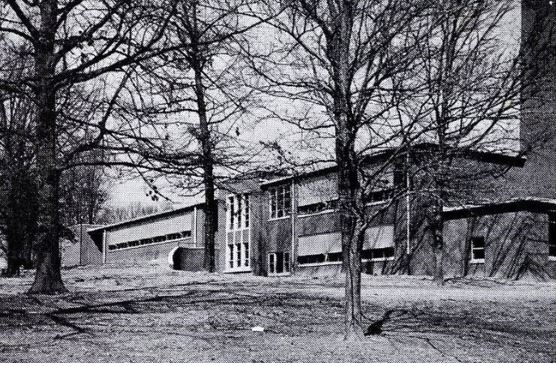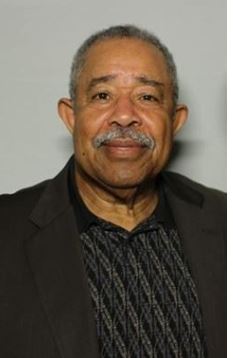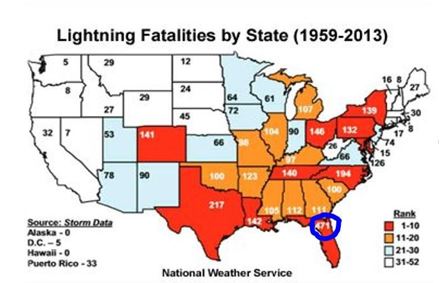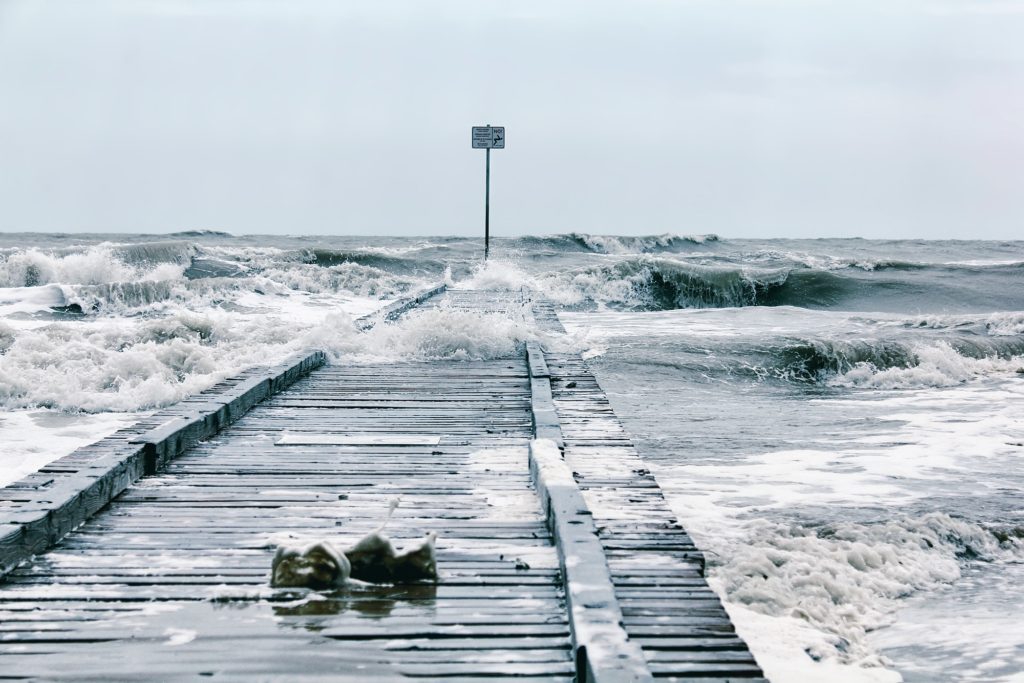Gibbs is a thriving high school in St. Petersburg, Florida with a diverse student body. On Friday, August 23, 2024, their football team lost 46-0 to St. Petersburg High School. Right now, the team is preparing for their second game of the season which will be against Countryside High School on August 29th. Everything seems pretty normal these days but the situation was substantially different 54 years ago.
Background
When we think of Florida today, visions of endless beach condos, golf carts, and transplanted “Michiganders” come to mind. Florida in 1970 was a much different place. Back then, much of the state was considered to be the “Deep South” where civil rights, school integration, and racial tension were the “buzzwords” of the day.
St. Petersburg, Florida, was going through some tense times. The schools there were racially segregated. Gibbs High School had an enrollment of just over 1,000 students and about 60 were white. During the 1969-1970 school year, the Pinellas County school district attempted to permanently close the school but intense opposition from the African American community and civil rights advocates resulted in a reversal of that decision. The attempted closing was seen as a move against the black population of St. Petersburg.
Since Gibbs had been given a reprieve, all was set to go for the first day of classes which were scheduled for Tuesday, September 8th. The football team got a head start and began to practice in preparation for the upcoming season. The team was led by head coach Alphonso “Al” Campbell. On the afternoon of Monday, September 7th, they took the field for a scrimmage.
A photo of Gibbs High School-St. Petersburg, Florida as it appeared around 1970. Credit- Gerald Browning-Alumni on Facebook.
An Instant Tragedy
It was a hot and humid afternoon when the Gibbs High School football team took the field for a scrimmage. In the distance, over the Gulf of Mexico, black clouds could be seen and rumbles of thunder could be heard but no rain was falling. As the offensive unit went into a huddle, there was a sudden flash, and within seconds there were players, coaches, and spectators on the ground. A major calamity was occurring and lives would be lost but there would be a “silver lining” from this event.
In a StoryCorps Tampa Bay article (WUSF) Coach Campbell recalls the tragedy that occurred during that fateful scrimmage. Some coaches and players had noticed the black clouds in the distance, with a few flashes of lightning. Coach Alphonso stood between an offensive tackle Robert Newton and the quarterback Vincent Williams to talk about the next play. The coach then stood back as the offense went into a huddle to call the play.
A photo of Gibbs High School-St. Petersburg, Florida as it appeared around 1970. Credit- Gerald Browning-Alumni on Facebook.
Suddenly, a bolt of lightning struck the field and the players in the huddle. Coach Campbell described it as if a ton of water was being dumped from up above hitting you. The number of players, coaches, and a few spectators totaled thirty-eight and all of them had been knocked off of their feet, including the coach.
A stunned and injured coach Campbell saw that there were several serious injuries. He began to give mouth-to-mouth resuscitation to some players. He happened to have a phone in this car, extremely rare in those days, and he quickly called the police and fire departments. His immediate action probably saved lives.
Unfortunately, both Robert Newton and Vincent Williams were killed by the lightning strike. There were twenty-two others injured. The news sent shock waves through the school and the city and the lives of family and friends of the victims were changed forever.
Later, Coach Campbell met with the team and asked them if they wanted to continue to play the schedule or stop for the rest of the season. The team decided to play on and dedicate the season to their two deceased teammates.
This sudden tragedy did trigger some changes, at least for a while. The St. Petersburg community and neighboring schools were able to brush aside racial tensions and come together to help those who had family members killed or injured. It seemed that fledgling Gibbs High School would be safe from extinction for the next few years!
Coach Campbell expressed his gratitude to the community for their help and condolences.
Weather Conditions – September 7, 1970
The morning began under warm and humid conditions with the temperature in the mid-70s and the dew point in the low 70s across the Tampa Bay area. By afternoon, the temperature had reached the low 90s.
A look at the upper-level weather pattern showed low pressure off the New England Coast with a corresponding upper trough. The Florida Peninsula was experiencing a general “weakness ” in pressure between two upper-level ridges of high pressure.
A weather map shows the upper-level pattern across the eastern U.S. on September 7, 1970. Note a weakness, between two high-pressure ridges over the Florida Peninsula. Credit- NOAA Daily Weather Maps.
Under a ridge of high pressure, the air sinks and warms often putting a lid on thunderstorm development, but there was lower pressure aloft and that allows warm, moist air to rise.
With no high-pressure lid aloft and plenty of moisture in the air, the atmosphere was conducive to the development of thunderstorms.
Thunderstorm Climatology
Much of the Florida Peninsula, especially across the central part of the state and along the west coast, is a “hotbed” for thunderstorms and lightning strikes.
The table below shows the number of thunderstorm days per year (NOAA).
As you can see, Florida has a high number of thunderstorms in a given year! Florida also leads the nation in lightning deaths by a large margin as indicated in the map below.
Fortunately, with greater public awareness and measures being taken to keep people out of harm’s way during thunderstorms the number of lightning-related fatalities had decreased sharply in the U.S. since 1970.
Studies have shown that lightning can strike tens of miles away from a parent thunderstorm, so you should move indoors immediately when you see lightning or hear thunder.
Gibbs High School Today
After almost being shut down and having survived a tragic event in 1970, Gibbs High School was able to navigate through even more tense times in the 1970s and it’s still going strong in 2024. Sadly, Coach Campbell passed away in 2021.
A recent photo of Gibbs High School-St. Petersburg, Florida. Photo Credit-ilovetheburg.
The school is more diverse than it was then. Current enrollment is nearly 1,200 students with about 59 percent black, 26 percent white and 10 percent Hispanic.
Today, there are protocols in place to delay on-field activities and to move spectators to safe areas when there is lightning in the vicinity or if thunderstorms are indicated on local weather radar.








